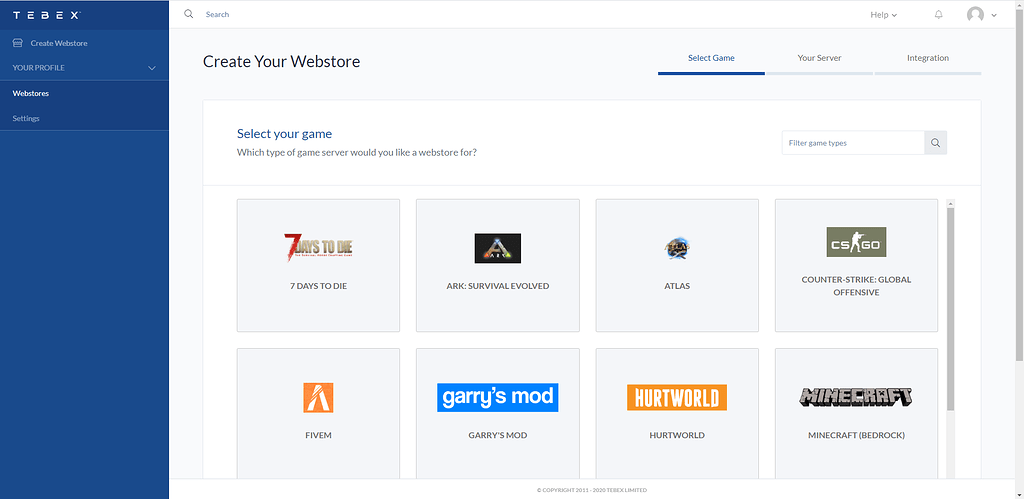[ad_1]
This is a quick tutorial on how to properly harness the power of Git LFS If you have a Git repository with FiveM server resources. If you use Git but not LFS (yikes), I urge you to give it a try.
First, make sure your working directory is free so you don't accidentally commit something you don't intend.
Next you need to change/append to these settings .gitattributes File in your project root.
If you don't already have this file, create it with the following content:
.gitattributes
# FiveM assets *.yft filter=lfs diff=lfs merge=lfs -text *.ytd filter=lfs diff=lfs merge=lfs -text *.ymap filter=lfs diff=lfs merge=lfs -text *.ydr filter= lfs diff=lfs merge=lfs -text *.ybn filter=lfs diff=lfs merge=lfs -text *.ymf filter=lfs diff=lfs merge=lfs -text *.ydd filter=lfs diff=lfs merge=lfs - text *.ytyp filter=lfs diff=lfs merge=lfs -text *.rpf filter=lfs diff=lfs merge=lfs -text # native binaries *.dll filter=lfs diff=lfs merge=lfs -text *.so filter =lfs diff=lfs merge=lfs -text # fonts *.eot filter=lfs diff=lfs merge=lfs -text *.ttf filter=lfs diff=lfs merge=lfs -text *.woff filter=lfs diff=lfs merge =lfs -text *.woff2 filter=lfs diff=lfs merge=lfs -text
At this point all you need to do is:
git add .
Git automatically indexes your files, finds appropriate extensions, and marks them as changed so they can be committed to your Git repo using LFS. The first push can take a long time if you have a lot of resources.
That's it folks.
[ad_2]
Original source





